How To Teach a Child To read is one of the main concerns of every new parent. It seems like a challenging task to make your child learn to read. Children are said to fully start reading on their own after five years of age , but parents start teaching basic alphabets and words from the age of three years. Different child have different levels and pace of development so it is wise for the parents to approach in a gentle way . Teaching your child how to read should not be a chore or a task, but a game and something he/she will enjoy. Below are the basic ways in which you can teach your child to read.
How To Teach A Child To Read :
These are not specific guidelines but these steps will ensure that your child learns everything to make him a good reader. Here’s How To Teach a Child To read :
Step 1:
Children should be taught to love books from an early age. As you all know, it is more easy for children to love books if they see their parents loving them too. It is advisable that you read to your child from her infancy. You can start when your baby is just a few months old . This habit of reading to her will not only increase your bond with your baby but will also help her feel intimacy with books. You can start reading to your infants through lullabies, picture books like board books , song books or cloth books. When they are a little older, around two to three years start reading to them short stories , rhyming books and song books. Make it a habit to sing and read to them around half an hour every day . After your child is older than three years introduce alphabet books, picture and rhyming books as well as song books. Variety is the way to keep them engaged and feeling interested. You can switch between different types of books to see what type of books your child loves and wants to read.
babies who have been introduced to books at an early age and those who have been read stories and rhymes will most definitely be more interested in reading afterwards. Children, who love to read will definitely do better than those who have not been introduced to books at an early age.
Step 2:
While reading to your child , don’t just read out and finish as soon as you are done. Ask them questions about the story or rhyme you are reading. These simple questions and his ability to answer them will make his reading skill even more better. Asking questions develops his ability to understand what is being read to them. It is not the goal to let him to speak or read the words, but to make him understand their meanings as well.
Step 3:
Let him know different colors and animals while you are reading the stories. Ask where the dog is while pointing to the picture. This technique helps develop his vocabulary and also makes him interact with the book or story he is being read to.
Step 4:
Even if you have very little time every day to yourself, it is important that your child sees that you are also interested in reading. Children who see their parents reading everyday , even for a short time will find it more natural to get attracted to letters and books.
Step 5:
Children learn letters easily when they see it , feel it or make their sound all at once. The goal is to make your child use multiple number of senses. If your child loves crafts , then find creative crafts where they can learn letter shapes and also use the sounds of the letter .
Also you can keep a lookout for letters all around in the neighbourhood. For example if there is a Fast food joint advertisement , ask your child to point out the letters he sees and say those aloud. This can be done while you’re inside the house or outside and can be fun for the child and the parent.
Step 6:
When your child starts reading and understands the stories told to them , ask them to guess what the story would be by seeing the cover or while reading out the story. Ask them if they have any predictions on how the story will end, or if there is an emotion expressed there ask them if they have had similar feelings. At the end, ask them to repeat what you’ve read to them.
Later, when your child understands the difference between real life stories and fairy tales ask them to categorize his books into different genres . After reading a book, it can be a game to play with your child on guessing which genre the story he read belongs to.
Step 7:
When your child learns basic words and letters teach them word families which rhyme together . Like , Mill, Fill , Bill etc which have only one or two letters different and have the same rhyming sounds.
After your child learns the basic word families , it’s time to teach them Phonemes and Phonics. You must not make it the only goal to teach your child Phonics and let them learn through easy ways and through hands on activities.
Step 8:
Once the sounds of all the letters are easy to remember for your child, it’s time they learn how to put words together and spell words . Teach your child to pinpoint each letter in a word and make the sounds of each letter individually. Then ask them to spell out the whole word , putting together the alphabets.
After decoding it’s time to teach your child words that they will need to finally read on their own. Sight words or common words are necessary for children to learn . These words are used greatly in English and need to be learnt and understood . These words usually do not follow the basic rules of phonics so they have to memorize them individually. Start with easy words and teach them one or two words at a time.
So , as you can see it is a slow path to a teach a child to read. It is more important for parents to know that each child has their own reading and learning pattern which cannot and should not be measured against any other child. Once you’re ready to teach your child the basic letters make it a point to keep the activity and learning process fun. You will understand your child’s strengths and likes , so change and make the learning different by incorporating those ideas. Most of all we would want you to enjoy with your child , because at last that is what matters the most.

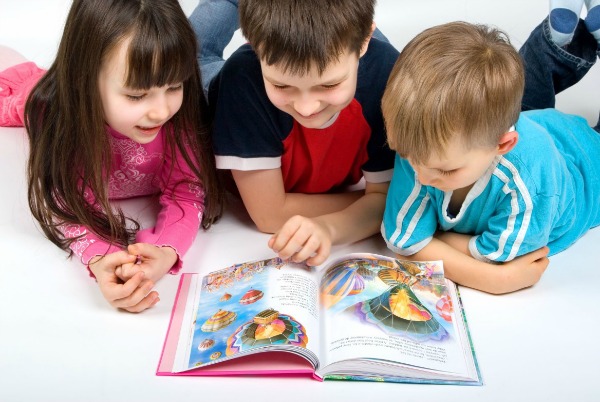
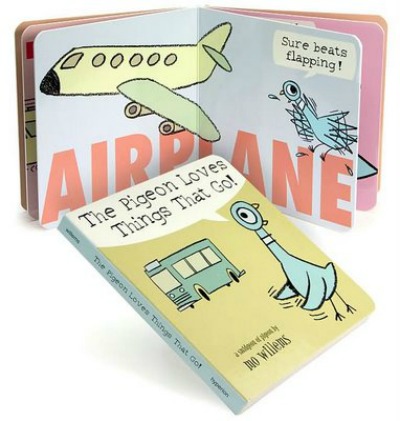

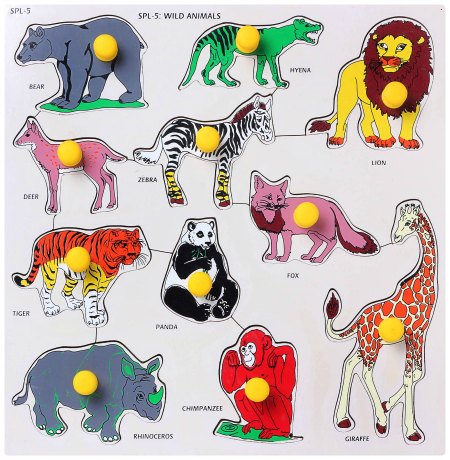

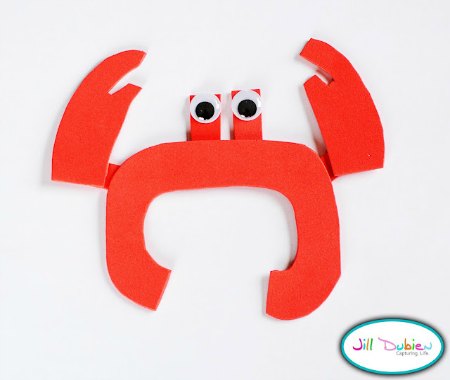

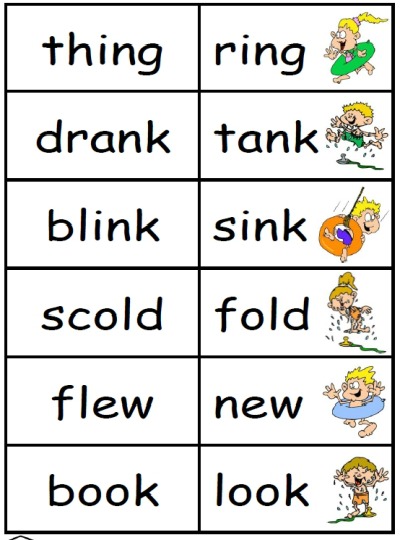
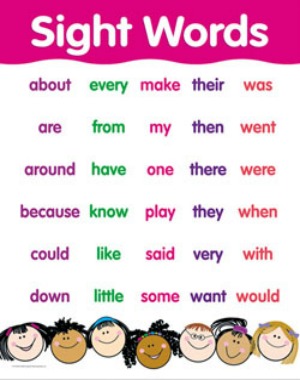



Recent Comments